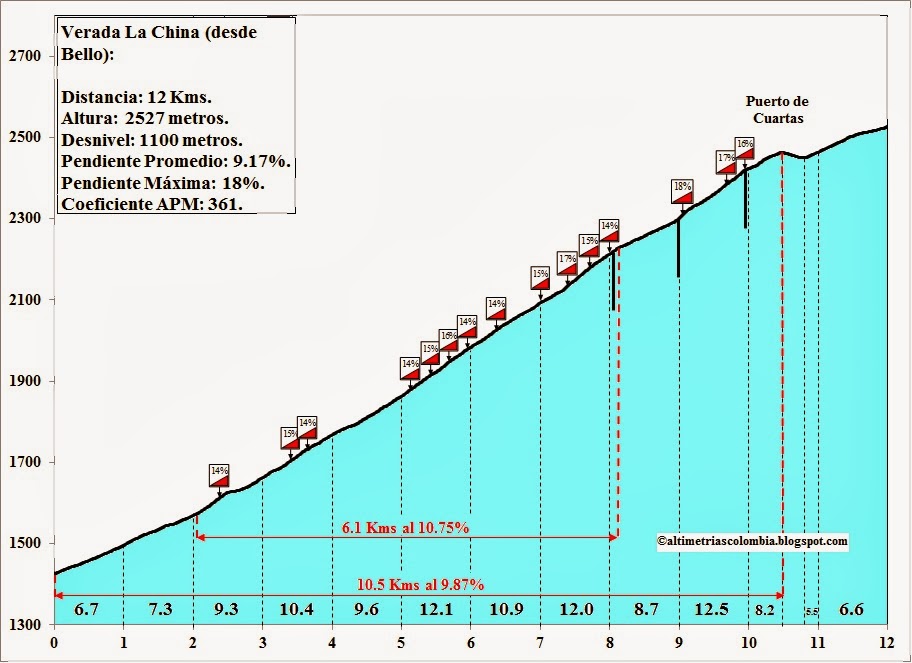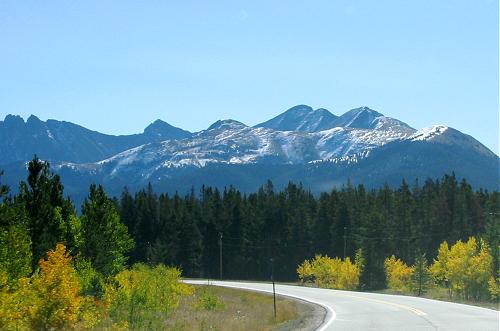- May 15, 2011
- 45,171
- 617
- 24,680
Re: Re:
 I don't remember if it was possible to drag existing points to change the route in cronoescalada.
I don't remember if it was possible to drag existing points to change the route in cronoescalada.
Agree with you on the profiles. And I also like the "overall plain" for a race, I got really exited when I found that featureBrullnux said:Yeah, a couple of times. The software doesn't like more than three points at once to map. It happened to me a couple of days ago so I just used Flamme Rouge instead. I find cronoescalada easier and quicker to use personally, but it might just be habit. Flamme Rouge has the bonus of organising races into 'tours' and the maps look proper fancy. It also gives the whole Tour map, and you can delete and change points easily. In truth, it is probably easier to use but I just find cronoescalada so very quick. Also, the profiles on flamme rouge are a but too detailed for my liking. They tend to try to portray every single rise and fall, while the cronoescalada ones are just a bit smoother and cleaner.LaFlorecita said:You're right about the snow blocking high passes. But I'm wondering, did anyone else experience the issue when trying to draw the profile and having to delete the last few points, or was it just me? Maybe they fixed it. It was my biggest frustration.








































